Winners of the Charlie Hebdo Portable Pavilion competition challenge conventions of free speech in contemporary society
By Alexis Petrunia|
Friday, Apr 22, 2016
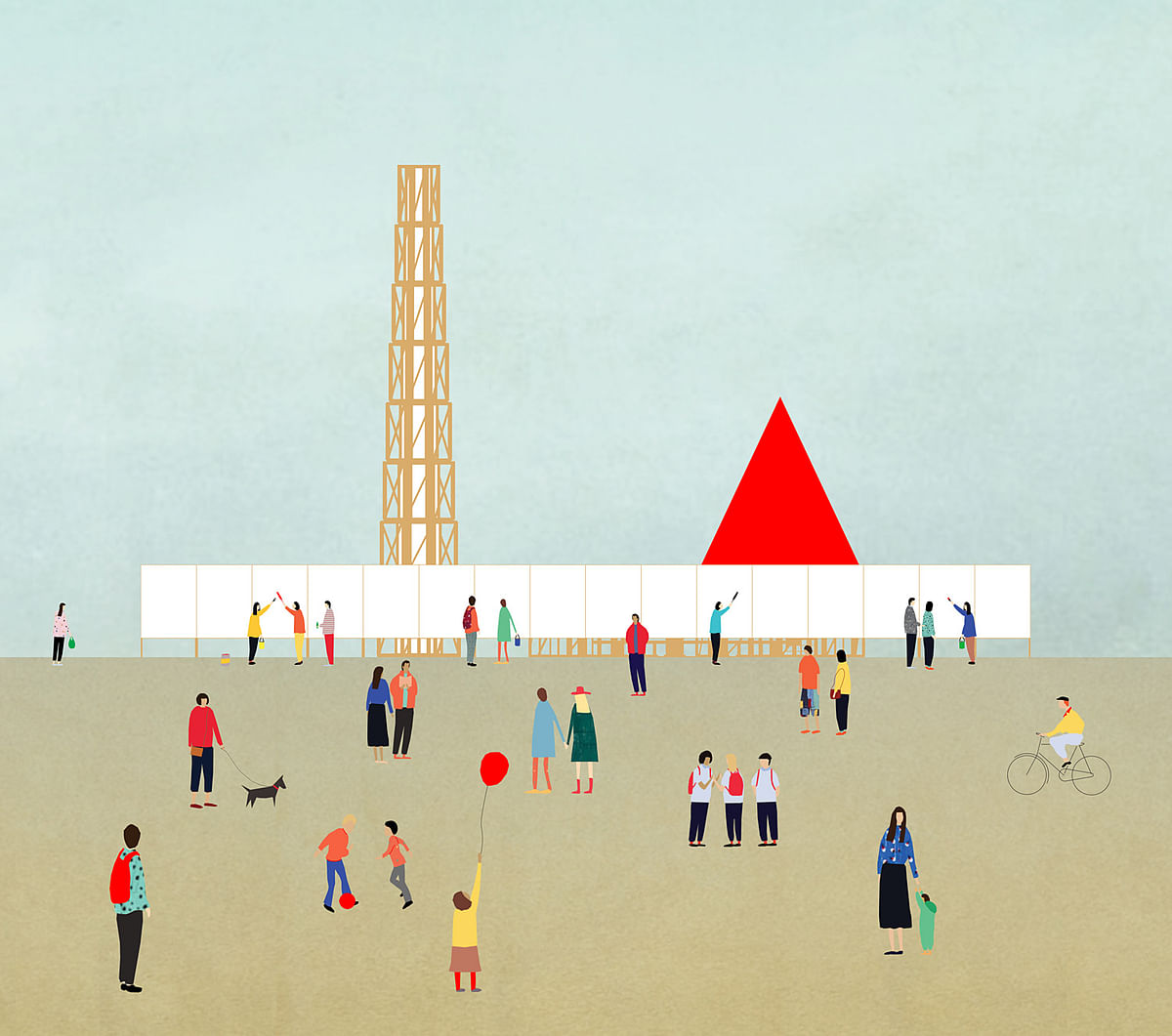
Related
Prolific competition organizers Bee Breeders have announced the winners of the Charlie Hebdo Portable Pavilion architecture competition, giving accolade to participants from Switzerland, China and Germany.
Project submissions were meant to reflect on “conventional assumptions of free speech in contemporary culture and society — specifically, what makes speech free and how much of it comes at a cost.” Through architectural speculation, participants have envisioned platforms that encourage open discussion and contemplation. At the core of each submission, participants have explored the significance of free speech, considering a variety of social, political and cultural ideals and implications.
"The jury was sensitive to the various positions and assumptions underlying the conceptual framework of each project, particularly between adopted or prescribed ideological, political, and cultural binaries."
A press release from the Bee Breeders organization has elaborated on their approach to evaluating submissions:
“The jury showed preference to projects demonstrating distinct characteristics including establishment of a clear conceptual, architectural position with respect to a social ideal; engagement with the public as both individual and collective; clarity of circulation, sequence, and narrative; and reconciliation between the abstract and theoretical with the physical and real. The jury was sensitive to the various positions and assumptions underlying the conceptual framework of each project, particularly between adopted or prescribed ideological, political, and cultural binaries.”
1st Prize Winner: Aurélie Monet Kasisi and Anouk Dandrieu | Switzerland
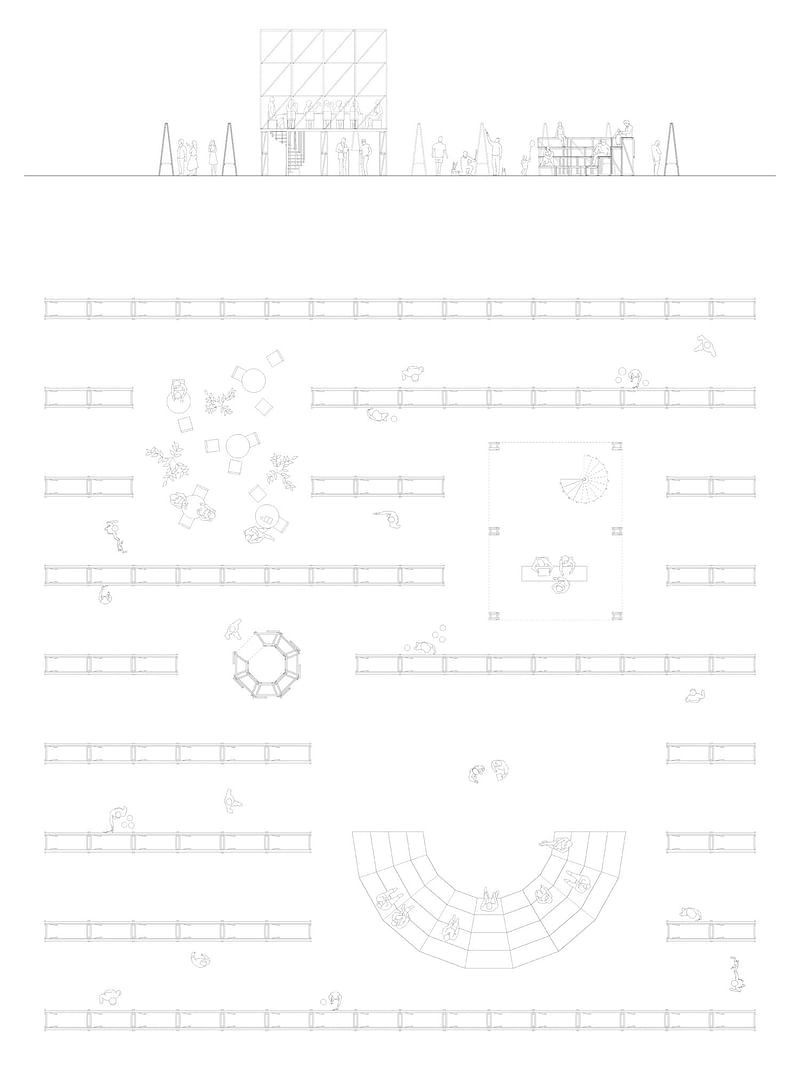
A project submitted by a Switzerland-based team was chosen as the overall winning design for the Charlie Hebdo Portable Pavilion. Aurélie Monet Kasisi and Anouk Dandrieu have been recognized for their positive approach to designing the instillation.
The architects have envisioned a neutral public area – a utopia of sorts – that offers itself as a welcoming stage for free speech. “We like to think of architecture as a discipline where theory, thinking and making can sit side by side to overcome contemporary issues. It can in fact be a powerful instrument conveying socio-political beliefs”, mentioned Kasisi and Dandrieu in an interview with competition organizers.
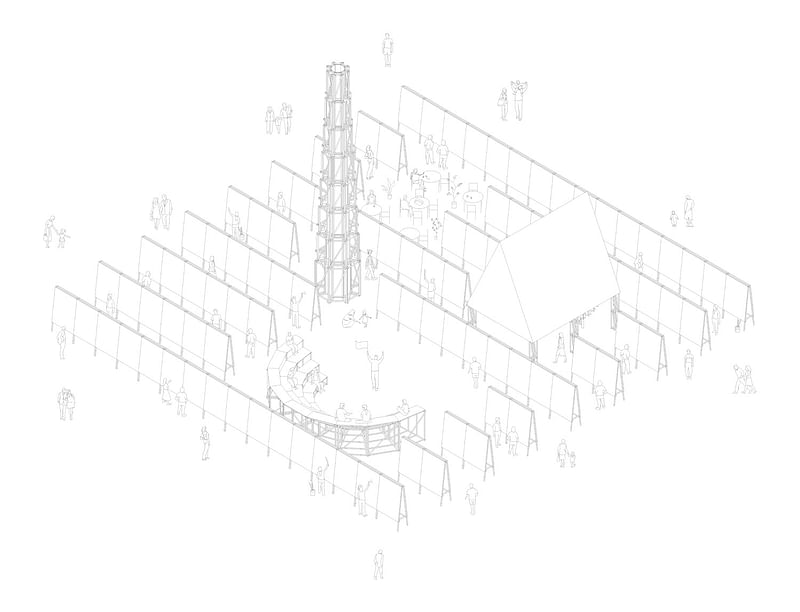
Bee Breeders described the winning project, highlighting structural concepts that explore notions of social liberty:
“The easel is the principle component of the pavilion. Organized in a striated, but ordered field condition, the easel provides canvases for individual expression. Nodes of concentrated activity are carved out of the field to create larger social platforms for collective discourse and dialogue. Despite the openness of the relative field, the easel is deployed as a series of walls without ceilings. These barriers simultaneously enclose the individual while relating them to the whole. Tectonically, and through representation, the project embodies a virtue of innocence, inherent also to the ideal of free speech. Instead of memorializing imagery as an archive, the architecture itself embodies and perpetuates the spirit of expression Charlie Hebdo fosters.”
2nd Prize Winner: Shuzhi Yang, Yupeng He, and Liwei Yu | China

Second place was awarded to a team from China (Shuzhi Yang, Yupeng He, and Liwei Yu) who envisioned a public space for discussion and observation. The submission illustrates a buoyant, spherical balloon that holds beneath it a suspended steel roof, under which visitors could freely wander.
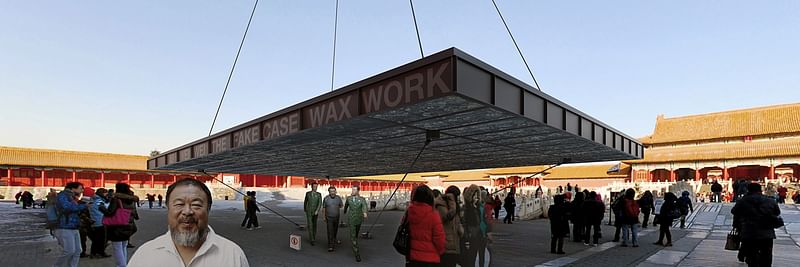
Describing its metaphorical concept, the jury commentary noted:
“...as a pavilion, the archetypal figures of a sphere and plane render meaning through analogous contrast: between one another as objects, and the site and viewer as subjects. Through this dichotomy the project engages both the metaphysical and metaphoric — the lightness of an ideal, and the weight, burden, and responsibility of its reality. Importantly, the proposal seeks a certain monumentality, recalling visions of the French enlightenment architects like Étienne- Louis Boullée and Claude Ledoux. Through universal form, and with gravity as its medium, the proposal monumentalizes an enlightened ideal while paying homage to the sacrifices made by those who have pursued it”.
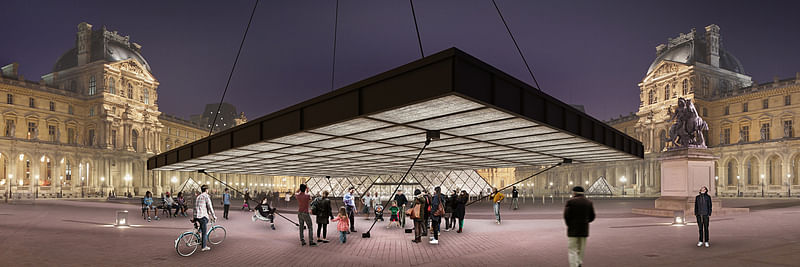
3rd Prize Winner: Luca Longagnani, Alexine Sammut, and Marta Fernandez Guardado | Germany

Third place was given to a team from Germany (Luca Longagnani, Alexine Sammut, and Marta Fernandez Guardado), who described a pavilion comprised of a circular wall punctuated by a single door. Two off-center circular walls were envisioned within the structure to create “a series of nested interiors: a liminal ambulatory of expansion and contraction, an open zone of collective engagement.”

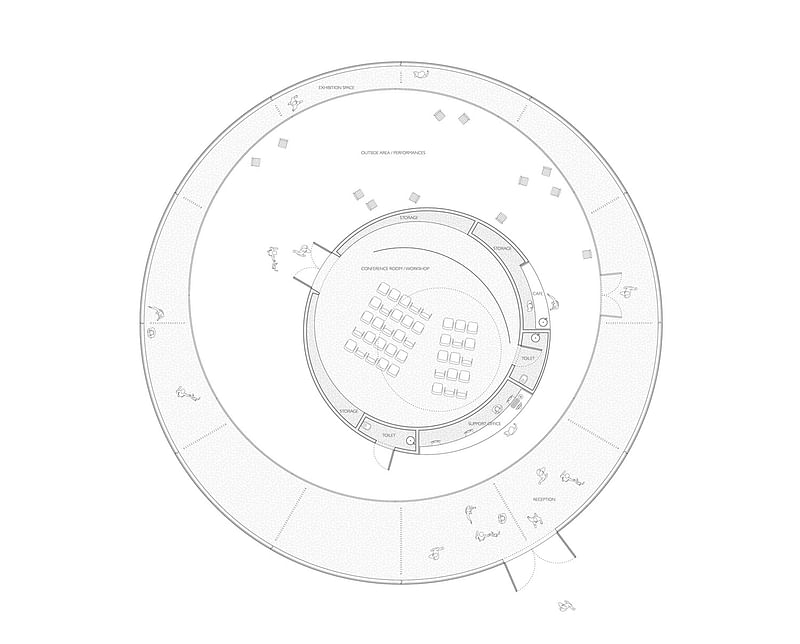
The jury also noted “the… proposal transcended the veil of ideology seen throughout the entries, established binaries between cultures, economic systems, and political regimes, through its adept handling of a universalizing architecture of silence as an appropriate response to the events in Paris on January 7th, 2015.”
For further information on the Charlie Hebdo Portable Pavilion architecture competition, click here.
RELATED COMPETITION Charlie Hebdo Portable Pavilion


Share
0 Comments
Comment as :